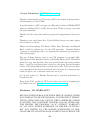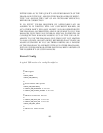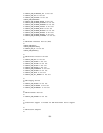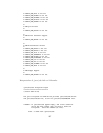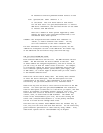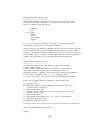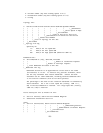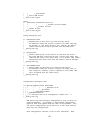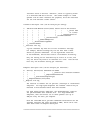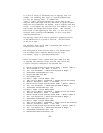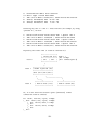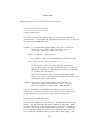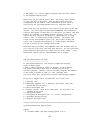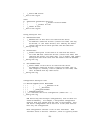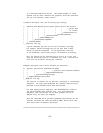interface serves a distinct "function", which is typically bound
to a different USB device driver. One common example is a USB
speaker with an audio interface for playback, and a HID interface
for use with software volume control.
Interface descriptor info (can be multiple per Config):
I: If#=dd Alt=dd #EPs=dd Cls=xx(sssss) Sub=xx Prot=xx Driver=ssss
| | | | | | | |__Driver name
| | | | | | | or "(none)"
| | | | | | |__InterfaceProtocol
| | | | | |__InterfaceSubClass
| | | | |__InterfaceClass
| | | |__NumberOfEndpoints
| | |__AlternateSettingNumber
| |__InterfaceNumber
|__Interface info tag
A given interface may have one or more "alternate" settings.
For example, default settings may not use more than a small
amount of periodic bandwidth. To use significant fractions
of bus bandwidth, drivers must select a non-default altsetting.
Only one setting for an interface may be active at a time, and
only one driver may bind to an interface at a time. Most devices
have only one alternate setting per interface.
Endpoint descriptor info (can be multiple per Interface):
E: Ad=xx(s) Atr=xx(ssss) MxPS=dddd Ivl=dddms
| | | | |__Interval (max) between transfers
| | | |__EndpointMaxPacketSize
| | |__Attributes(EndpointType)
| |__EndpointAddress(I=In,O=Out)
|__Endpoint info tag
The interval is nonzero for all periodic (interrupt or isochronous)
endpoints. For high speed endpoints the transfer interval may be
measured in microseconds rather than milliseconds.
For high speed periodic endpoints, the "MaxPacketSize" reflects
the per-microframe data transfer size. For "high bandwidth"
endpoints, that can reflect two or three packets (for up to
3KBytes every 125 usec) per endpoint.
With the Linux-USB stack, periodic bandwidth reservations use the
transfer intervals and sizes provided by URBs, which can be less
than those found in endpoint descriptor.
=======================================================================
212



